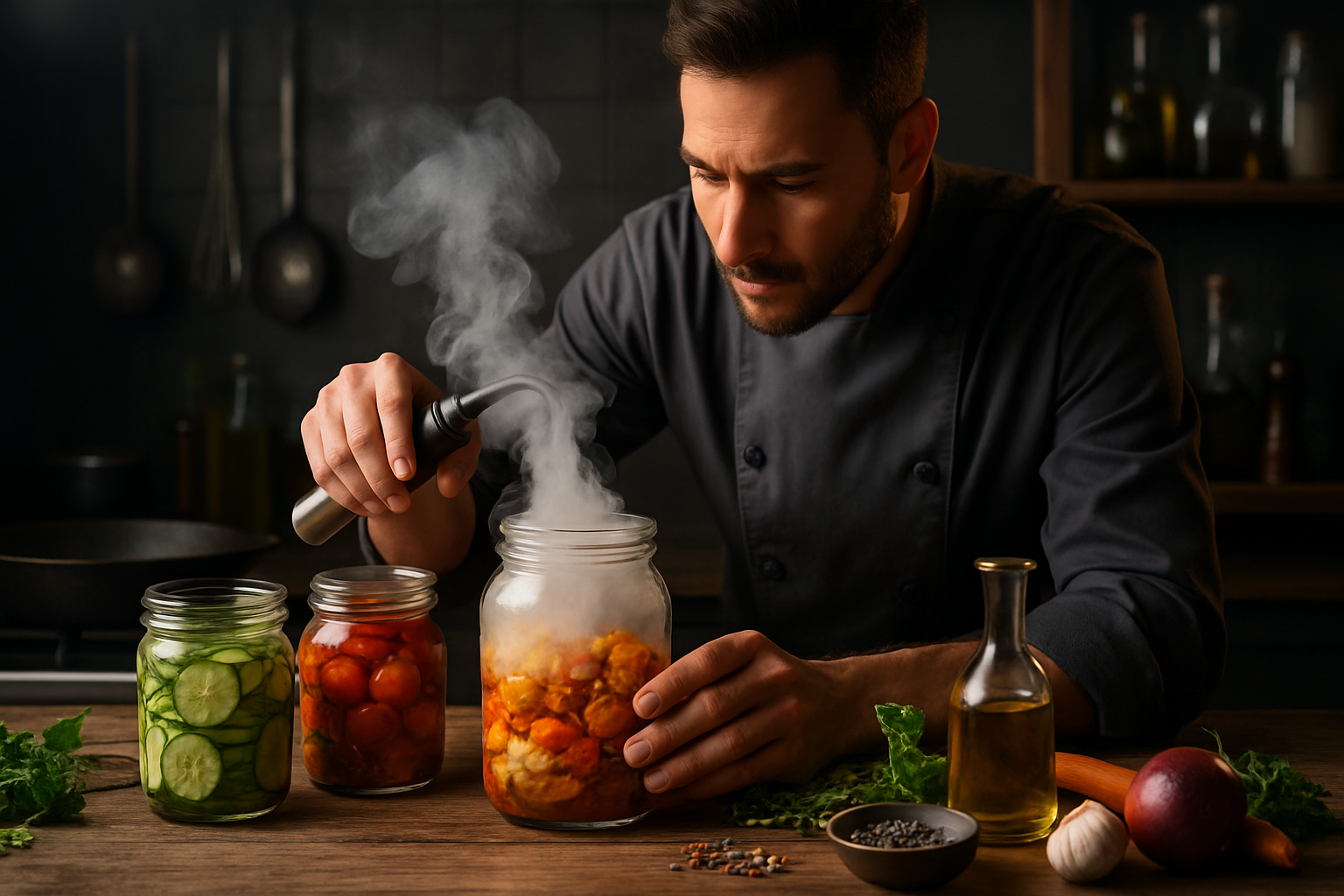Designing beverage pairings that complement bold flavors
Creating beverage pairings for bold flavors requires balancing intensity, texture, and cultural context. This teaser outlines the value of thoughtful pairings that respect cuisine traditions, seasonal availability, and sustainable sourcing while enhancing dining experiences across menus and recipes.

Bold flavors—spicy, smoky, fermented, or highly acidic—demand beverages that either match their intensity or provide contrast to refresh the palate. Effective pairings consider the structural elements of both food and drink: sweetness, acidity, bitterness, tannin, carbonation, and mouthfeel. Whether designing restaurant menus, writing recipes, or suggesting at-home combinations, focusing on how flavor components interact helps ensure beverages enhance rather than overpower the primary dish.
Cuisine and dominant flavor profiles
Consider the cuisine first: regional traditions reveal long-standing pairing logic. For example, a cuisine that favors fermented condiments or high-acid preparations often pairs naturally with slightly effervescent or acidic beverages that cut through richness. When planning a pairing, identify the dominant flavor—heat from chiles, umami from fermented products, or smoke from grilling—and choose a beverage that either complements (matching intensity or flavor notes) or contrasts (refreshing acidity or subtle sweetness).
Pairing principles for bold flavors
Pairing is about structural harmony. Sweetness can tame heat, acidity can lift fattiness, and tannins can amplify savory notes. For spicy dishes, low-alcohol, slightly sweet beverages or drinks with gentle carbonation work well to cool the palate. For smoky or umami-rich plates, consider beverages with moderate tannin or roasted grain character. Always taste both elements together to confirm the interaction—small adjustments in seasoning or beverage temperature can change the balance dramatically.
Seasonal beverages and menu planning
Seasonality influences both sourcing and guest expectations. In warm months, chilled, lighter beverages—citrus-forward spritzers, crisp white wines, or cold-brewed teas—pair effectively with vibrant, spicy cuisine. In colder seasons, richer, spiced beverages, warming mulled drinks, or fuller-bodied fermented beverages can complement hearty, smoky dishes. Rotate pairings on menus to reflect seasonal ingredients, using preservation techniques like pickling or fermentation to extend complementary flavors year-round.
Sourcing and ingredient provenance
Where ingredients come from affects flavor and pairing choices. Local services and suppliers often provide fresher produce, distinct terroir in wines, or small-batch beverages with unique profiles. When sourcing beverages, ask about production methods and ingredient origin: a locally produced kombucha may have floral notes that highlight certain dishes, while a regional beer might mirror the cereal or spice character of a cuisine. Thoughtful sourcing supports transparency on menus and helps chefs design cohesive beverage programs.
Sustainability considerations for beverage selection
Sustainability is increasingly part of pairing strategy. Choosing beverages with sustainable packaging, low-impact production, or ethical sourcing can align with a restaurant’s or brand’s values without sacrificing flavor. Consider low-intervention fermentation, organic producers, and regional beverages that reduce transport emissions. Sustainable choices also influence menu descriptions and can guide guests toward combinations that reflect responsible culinary practices and current trends.
Fermentation, preservation, and flavor development
Fermentation and preservation techniques create bold, layered flavors that present distinct pairing opportunities. Fermented foods—kimchi, miso, aged cheeses—often pair well with acidic, effervescent, or umami-forward beverages that echo fermentation-derived notes. Preservation methods like curing or smoking add complexity that may call for bolder beverage textures or complementary aromatic profiles. Incorporate preserved ingredients into recipes thoughtfully, and consider beverage options that highlight those preservation-driven flavors rather than mask them.
Conclusion Designing beverage pairings for bold flavors blends sensory analysis with practical considerations: cuisine context, seasonal availability, sourcing, sustainability, and culinary techniques such as fermentation and preservation. By evaluating structural elements—sweetness, acidity, tannin, carbonation—and experimenting with contrasts and complements, chefs and home cooks can create pairings that enhance dishes and reflect contemporary menu trends and responsible sourcing practices.





